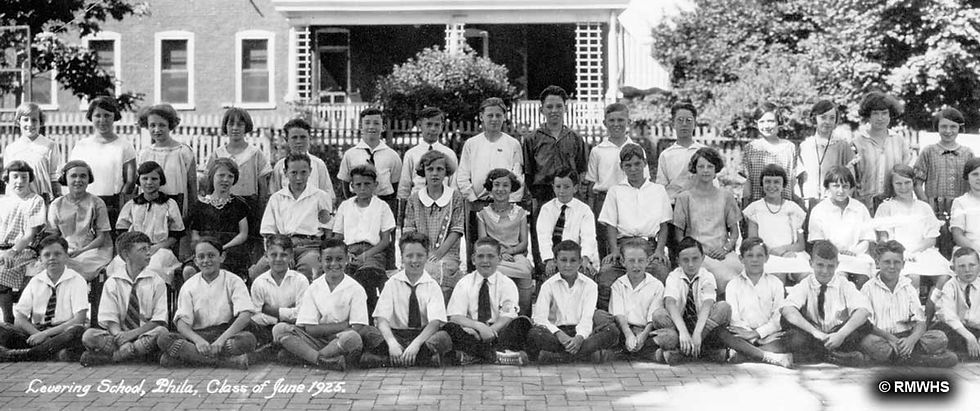Preserving & Promoting
Local History, Art, & Culture




Ridge Ave Roxborough Historic District
Queen Anne Architecture
The Queen Anne style was the dominant style of domestic building in the United States from about 1880 to 1900; and persisted with decreasing popularity through the first decade of the twentieth century. The style was named and popularized by a group of nineteenth-century English architects led by Richard Norman Shaw. The name is rather inappropriate, for the historical precedents used by Shaw and his followers had little to do with Queen Anne or the formal Renaissance architecture that was dominant during her reign between 1702 and 1714. Instead, they borrowed heavily from late medieval models of the preceding Elizabethan and Jacobean eras. The half-timbered Watts-Sherman House built in Newport Rhode Island in 1874 is generally considered to be the first American example of the style. A few high-style examples followed in the 1870s and, by the 1880s, the style was being spread throughout the country by pattern books and one of the first architectural magazines, The American Architect and Building News. Large-scale manufacture of pre-cut architectural details and the expanding railroad network by which they were shipped aided in the growth and popularization of the style. 108
Queen Anne buildings are generally comprised of multiple, intersecting volumes, resulting in more complex forms than their predecessors. These asymmetrical, complex forms are created by combining various volumes including cross gables, engaged towers and turrets, steeply pitched roofs with irregular shapes, and bay windows. Queen Anne buildings often include decorative brick or stonework, ornate gable detailing, shaped slate or wood shingle patterning, large porches with complex woodwork, multi-paned windows with clear and colored glass.
The twin buildings at 6222 and 6224 Ridge Avenue, which date to about 1885, are excellent examples of the Queen Anne style as applied to semidetached buildings and have some detailing that might be better classified as the Stick style, a variant or close relative to Queen Anne (Figure 37). The three-story buildings are stone at the first floor, and fish-scale shingles at the second floor and mansard. The shingles create a vibrant pattern of light and shadow. The dormers in the mansard have highly unusual hoods or crowns supported by large brackets. The cornice is also supported by brackets and features fish scales. The second-floor windows are double hungs with small and large panes in the upper sash. The porch has turned posts with arched latticework panels between them. Other buildings in the saw-tooth row of twins also have Queen Anne features, but none characterize the Queen Anne style with the exuberance of those at 6222 and 6224 Ridge Avenue.
 Describe your image |
|---|
The house at 5535 Ridge Avenue, with its corner turret topped by a conical cap and finial, is another good example of the Queen Anne style. In addition to the turret, the mansard roof, bracketed dormers, and wrap-around porch all characterize the style. The house at 6904 Ridge Avenue is likewise an example of the Queen Anne style, owing to its turret, oversized dormer, and wrap-around porch.
This information has been posted by RMWHS with the permission of the Philadelphia Historical Commission.
Sections:
108 Drawn from Virginia & Lee McAlester, A Field Guide to American Houses (New York: Alfred A. Knopf, 1993), p. 262-268.